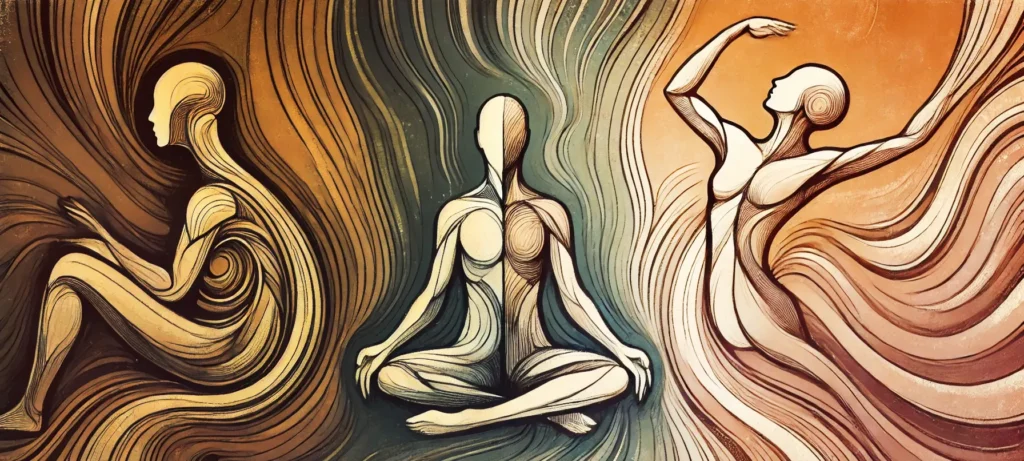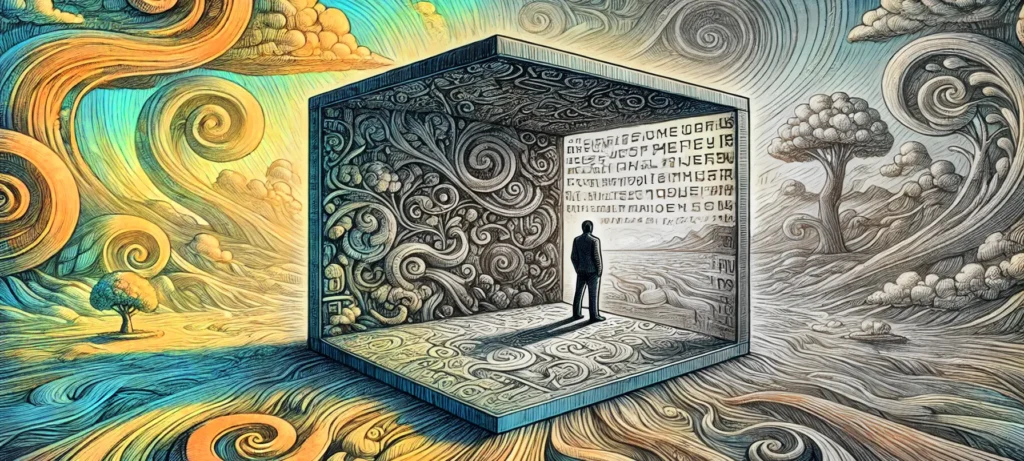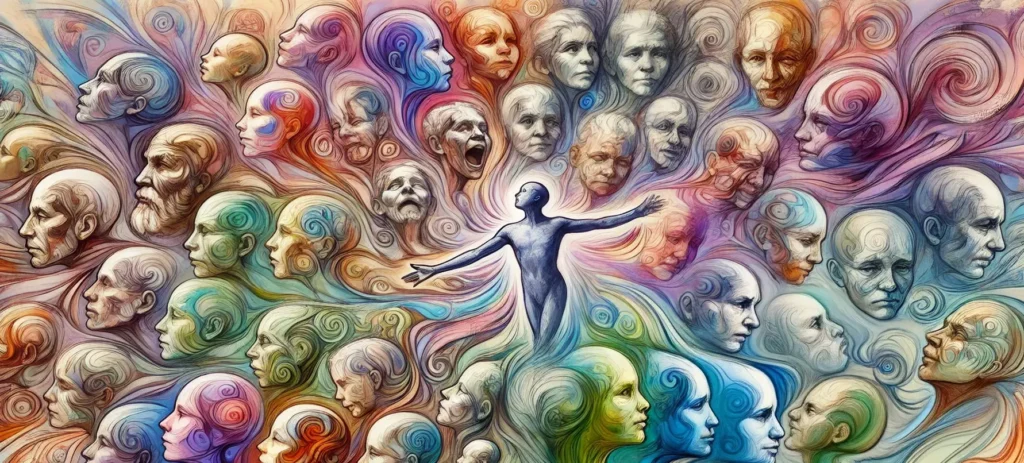You are Not an Object: Reimagining Your Presence in the World

What if you’re not an isolated object moving through the world but a vibrant, relational presence co-creating space and time with every breath, gesture, and encounter? This post explores how reframing your identity through the lens of relational being can open pathways to healing, presence, and meaning.
Imagination Creates What Isn’t to Reveal What Is

Fantasies aren’t just distractions, they’re data. They reflect your unmet needs, emotional history, and inner longings in symbolic form. Whether you’re dreaming of connection, recognition, freedom, or redemption, your imagination is telling the truth beneath the surface.
This post explores how recurring fantasies, fictional obsessions, and the stories we daydream or return to reveal the emotional patterns we’re still trying to metabolize. Drawing on insights from trauma-informed psychology, emotional processing, and symbolic storytelling, this piece invites you to decode your inner narratives and ask: What is this fantasy trying to resolve? What part of me is reaching out through this story?
Imagination isn’t escapism. It’s a relational language. And sometimes, it’s the most honest voice in the room.
Wholeness Is Not Balance It’s the Dance

True healing doesn’t come from achieving perfect emotional balance but from honoring the deeper rhythm of the self. In this reflection, we explore the natural cycles of expansion, contraction, and stillness as vital movements in the dance of trauma recovery, mental health, and embodied living.
Stillness, often overlooked, is a place of tension and potential. It holds the in-between, where nothing is fixed and everything is becoming. When we learn to stay present in that liminal space we create room for true change.
This is a piece for those who are tired of chasing balance and are ready to listen instead for rhythm. Rhythm is the inner intelligence of healing, movement, and integration. It’s not about fixing yourself. It’s about learning your tempo, trusting your cycles, and living the dance that’s already moving through you.
The Weight of Words: How Thought, Language, and the Stories We Tell Shape (and Trap) Us

We don’t live in reality, we live inside the meanings we’ve assigned to it. Thought, memory, and language act as filters, compressing complex experiences into manageable stories. Over time, these stories become identities, and those identities can become cages.
This piece explores how self-narratives, labeling, and the language we use to describe our emotions and identities shape our psychological reality. It offers a trauma-informed, contemplative lens on how the brain compresses experience, why we cling to outdated stories, and how to begin loosening the mental structures that keep us small.
If you’ve ever felt trapped by your own thoughts or defined by past versions of yourself, this reflection will help you recognize the scaffolding you’ve mistaken for sky and begin the gentle work of rebuilding a wider frame.
You Are More Than One Person: How Emotions Shape and Connect Your Many Selves

You are not a single, fixed identity but a constellation of self-states, each shaped by emotion, memory, and lived experience. This piece explores the psychology of inner multiplicity, showing how different parts of you emerge in different contexts and how emotions act as gateways that activate these parts in real time.
When you feel grief, joy, fear, or anger, it’s a shift in who shows up. And when these parts seem to conflict it’s a sign that multiple truths are alive within you. This reflection offers a compassionate, trauma-informed lens on navigating inner conflict, building relationship between your selves, and embracing the dynamic, evolving nature of who you are.
